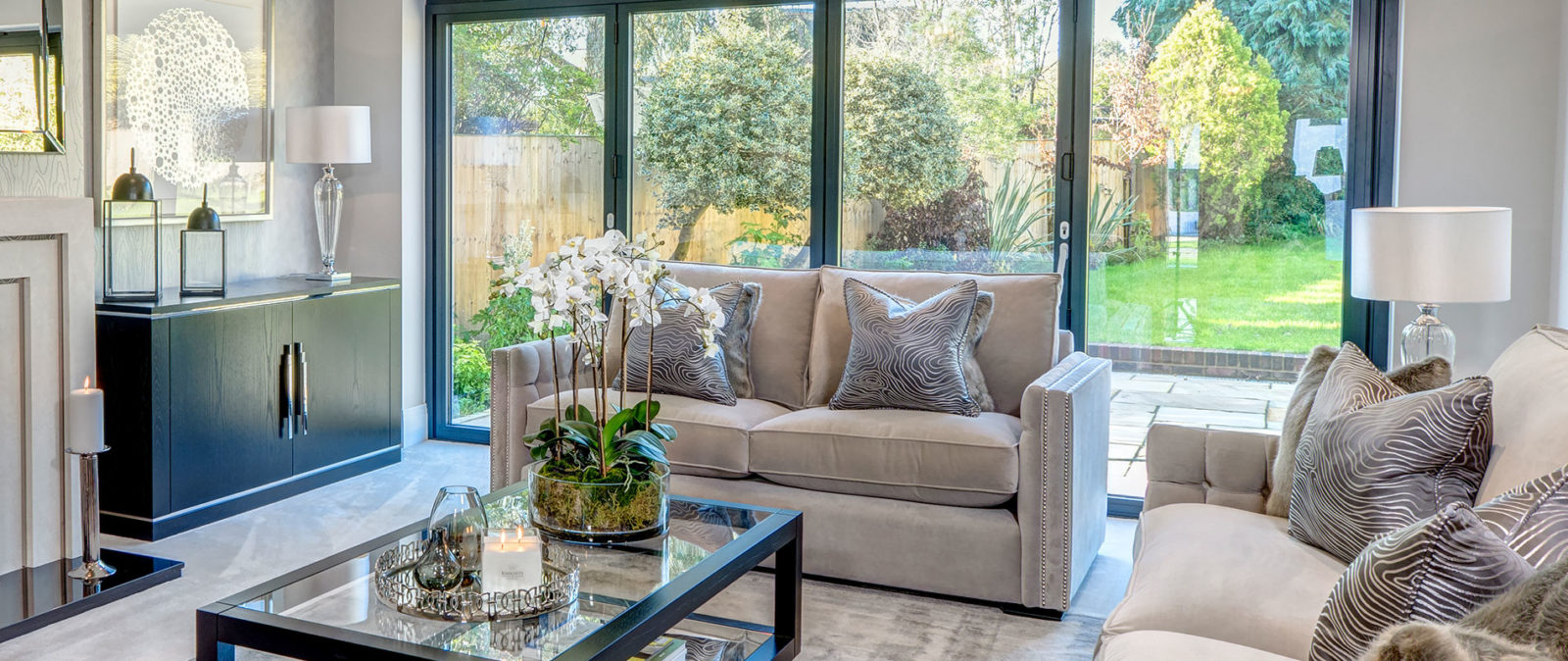Imagine stepping into your home after a long and exhausting day, only to be greeted by a sight of chaos. Piles of old papers, countless knick-knacks, clothes thrown haphazardly, and old family mementos like films and photos scattered around.
This sight can cause unease and stress, but for many of us, it’s how we live. However, your home should not be a source of stress. Organization can be the key, but it can be challenging to know where to start.
Fortunately, there’s a practical solution to transform this chaotic scene into an organized, serene haven: decluttering. This powerful tool can turn your living space from a disorderly mess into a well-ordered refuge. More than just a cleanup, decluttering creates a space that promotes well-being and productivity.
It even presents an opportunity to preserve precious memories in a more practical and space-efficient way. Let’s dive into how to make the decluttering process not as scary as it might seem.
What is Decluttering?
At its core, decluttering is the process of systematically eliminating unnecessary items from your living space. It is about breaking free from the confines of accumulated stuff and reducing the clutter that occupies your home.
The concept revolves around keeping only the essential and the cherished, creating a more functional environment. Beyond the physical aspects, decluttering also profoundly impacts mental health by reducing stress and enhancing focus.
Decluttering Room by Room
Tackling clutter in your entire home at once can seem daunting. That’s why breaking it down and focusing on one room at a time can make the process more manageable and less overwhelming.
Start with spaces that seem easier to manage, such as the bathroom or bedroom. In these spaces, you can begin by decluttering wardrobes, medicine cabinets, or bedside tables. Gradually, you can move to larger and potentially more cluttered spaces like the kitchen, living room, or home office.
Once you’ve built momentum, take on more challenging areas like the garage, attic, or basement. Doing this room by room allows you to manage the process without feeling overwhelmed, making decluttering your home less intimidating and more achievable.
Assessing and Sorting
Assessment and sorting form the backbone of any successful decluttering process. By systematically going through your belongings, you can decide what’s worth keeping and what’s not. A good approach separates items into four categories: keep, donate, sell, and discard.
Items that you use regularly or hold deep sentimental value should be maintained. Things in good condition but no longer needed can be donated or sold. Broken, worn-out, or obsolete items should be discarded responsibly.
Those old family films you discovered in your attic or basement, for example, fall into a unique category. They hold emotional value and represent cherished memories, but their physical form may be cumbersome or degrading.
Storing old films or photos can take up a lot of space. This is where a home movie transfer can play a crucial role in your decluttering process. This involves digitizing these films so you can store them on USBs or in the digital cloud. Not only will you ensure their longevity but also reduce the physical space they occupy.
Storage Solutions and Organization
Once you’ve decluttered, the next phase is organizing the items you’ve decided to keep. This is where clever storage solutions come into play. The goal is to create a space where every item has a designated home, making it easier for you to find things when you need them.
Invest in practical storage solutions tailored to your needs. This could include clear storage bins for easy visibility, shelving units for books and decorative items, or specialized organizers for your kitchen, wardrobe, or workspace. If floor space is a premium, consider using vertical storage solutions like wall-mounted shelves or over-the-door organizers.
As for those old family films you’ve digitized through a home movie transfer, they can now be efficiently stored on your computer, an external hard drive, or cloud storage. This not only eliminates the need for physical storage but also ensures these memories are safely preserved, easily accessible, and readily sharable.
Conclusion
Decluttering isn’t merely a physical process of organizing your belongings. It’s a transformative journey that affects your mental and emotional well-being, redefining your relationship with your home and the objects within it.
It might take some time and effort, but the sense of tranquility and control you’ll gain will be worth every moment. Your home will thank you, and more importantly, you’ll thank yourself.




